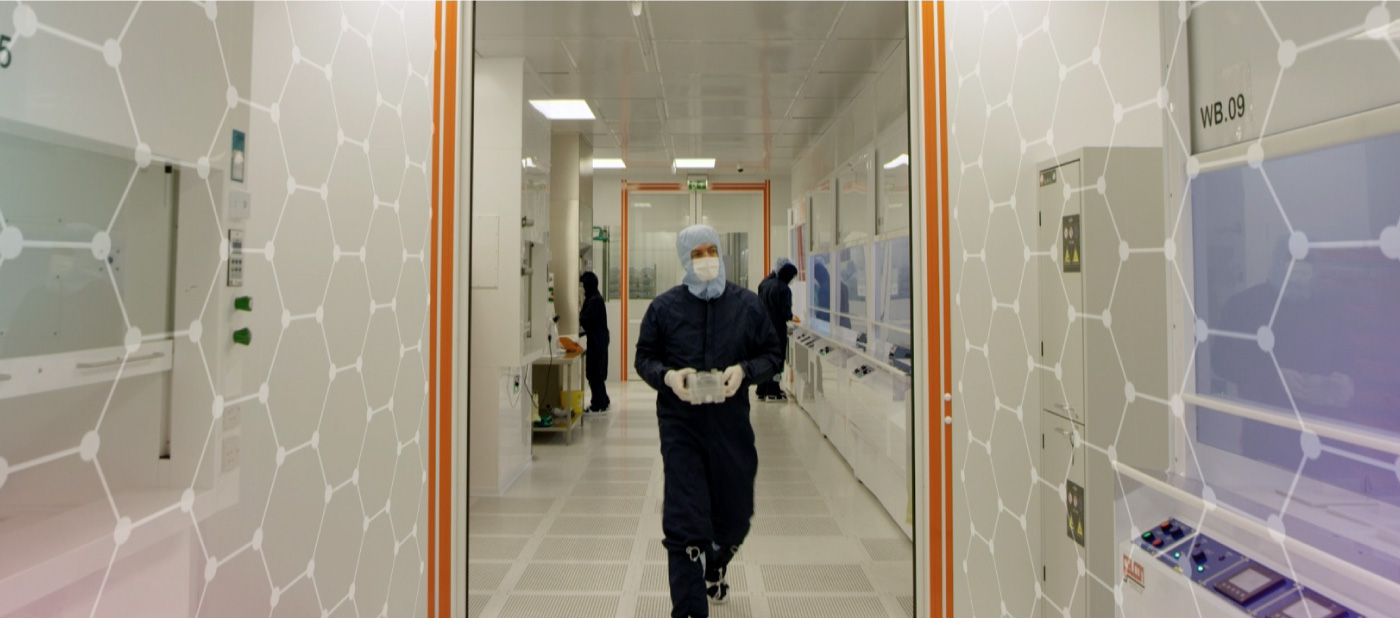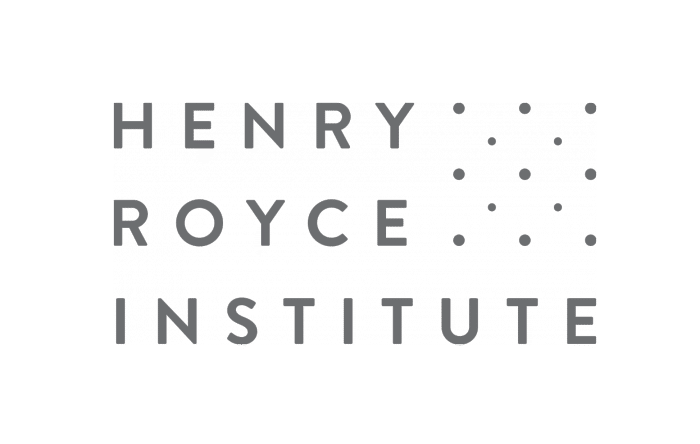Professor Jacqueline Cole, newly appointed as Royce Challenge Lead for AI in Materials Discovery, Characterisation and Application, has led a new study that “offers a fresh approach to manipulating molecular states for technological applications”.
In her capacity as Professor of Materials Physics and Head of the Molecular Engineering Group at the Cavendish Laboratory at the University of Cambridge, with research collaborators from Argonne National Laboratory in Illinois, USA, Prof. Cole has created a three-state (ternary) molecular switch controlled by light and temperature. Unlike materials such as silicon that switches between two states – on and off – the new complex material can act as a solid-state optical switch between three different molecular states.
Published in Nature Communications, these findings provide a groundwork for future technologies like optical data storage, photonic circuits and quantum computing.
Prof. Cole said:
“When exposed to green light and a specific temperature, the ‘ruthenium-based complex’ switches between three different states, or ‘isomers’. Two things make the complex capable of acting as a three-state (ternary) molecular switch: its ability to undergo complete transition from one state to the other and most importantly the state being fully reversible under the right temperature.”
“The different states can be controlled with the right temperature and light and can be switched back and forth in a calibrated way – the complex can return to its original state upon heating. What is more exciting is that each of these states is stable under the appropriate conditions.”
“The high level of control is significant as it offers a fresh approach to manipulating molecular states for technological applications. It opens up new prospects for advancements in light-driven (or photonic) technologies, including micro-robotics, optical data storage, and for designing materials for futuristic quantum computing circuits.”
You can access the full study here.
This study has links to Royce’s Atoms to Devices (A2D) research area. The vision of A2D is to provide the underpinning, cross- disciplinary, technology platforms to facilitate and support the accelerated discovery and development of new device materials.
Additionally, in late 2024 Royce collaborated with the Materials for Quantum Network (M4QN) and the Institute for Manufacturing on the Future Directions for Materials for Quantum Technologies report.



